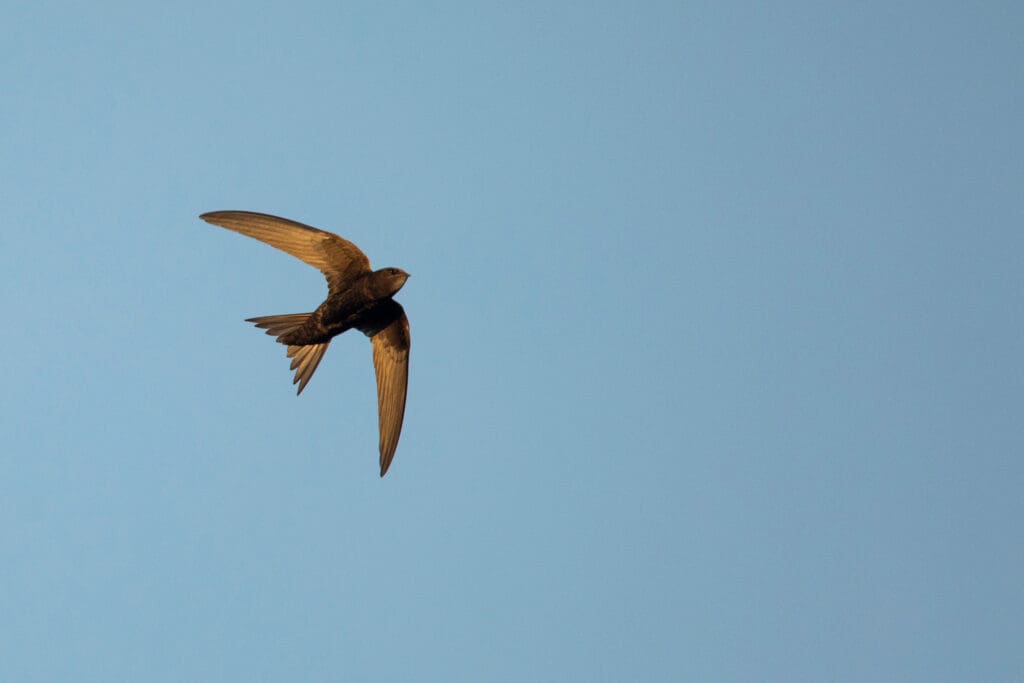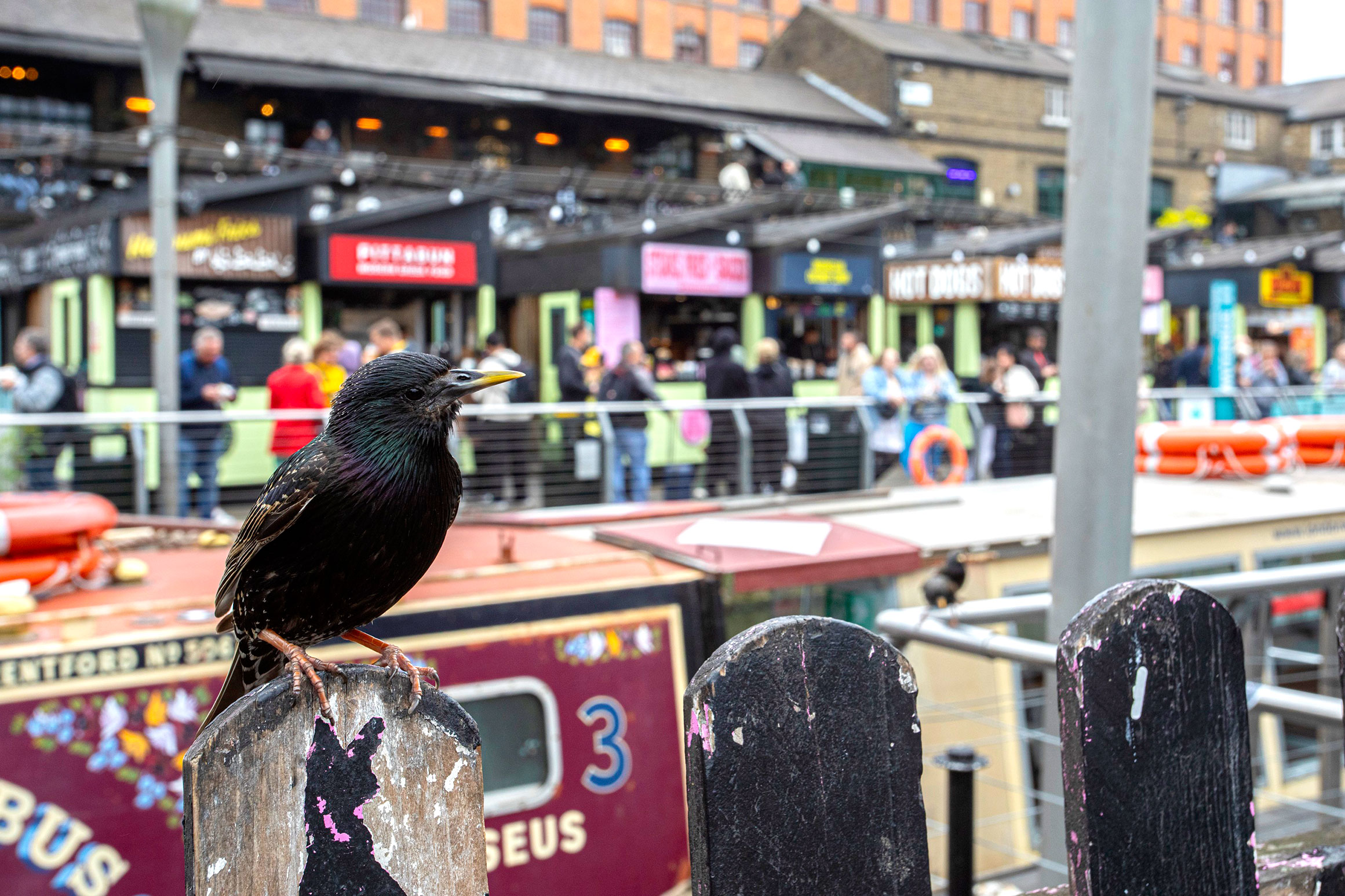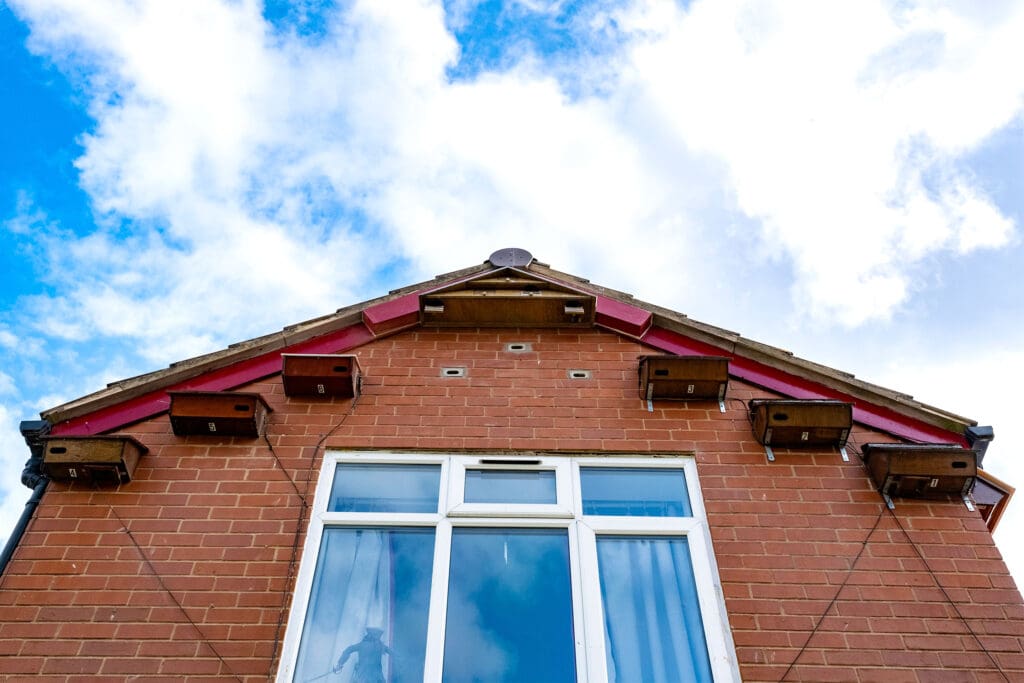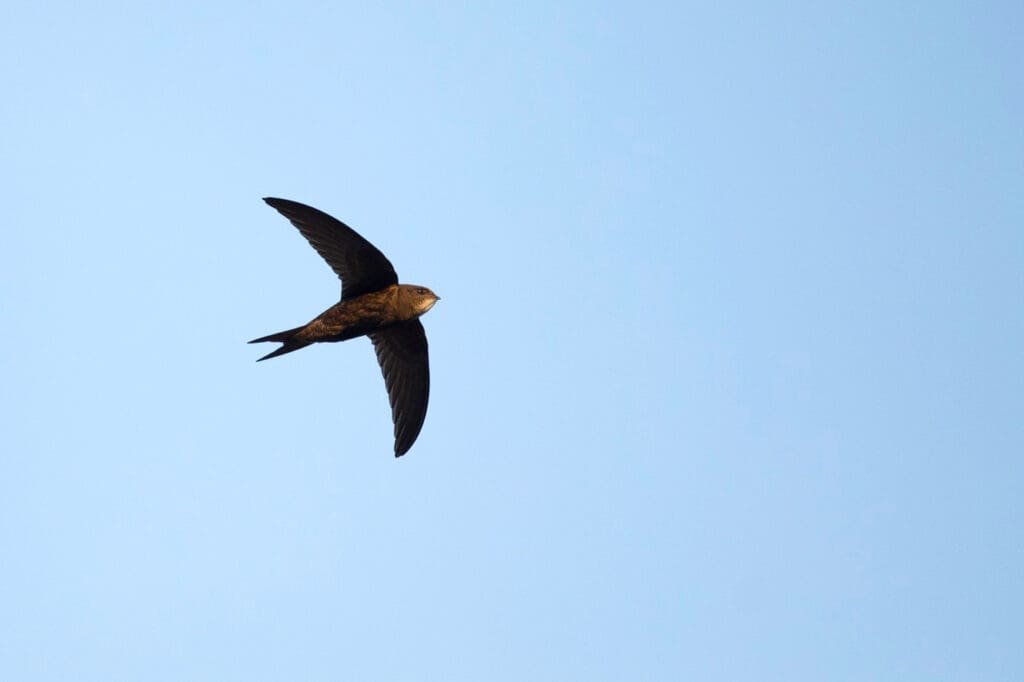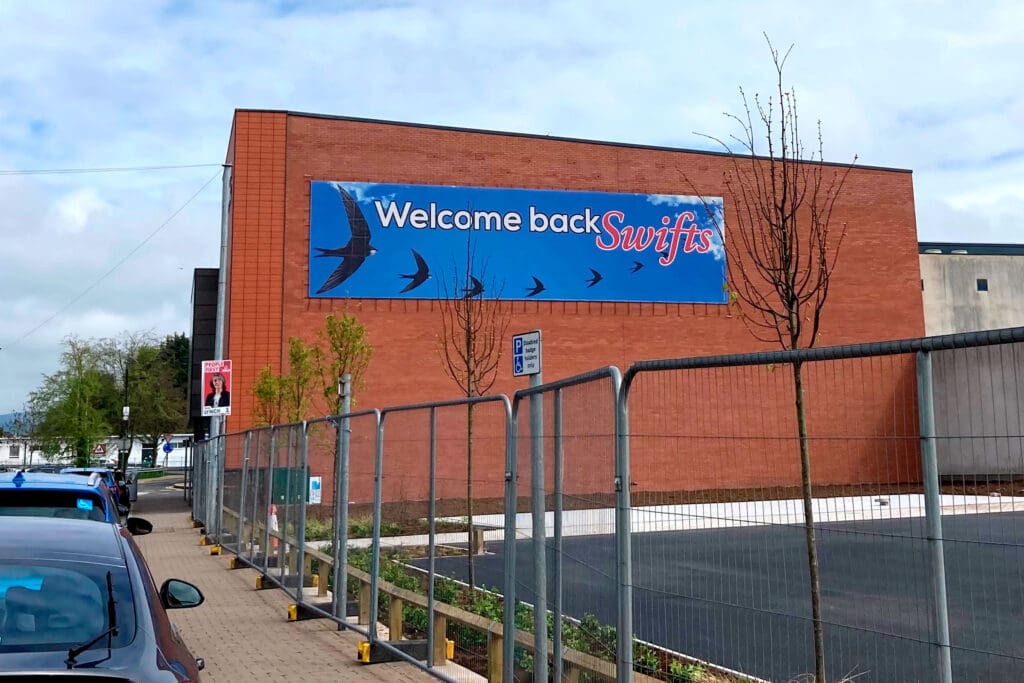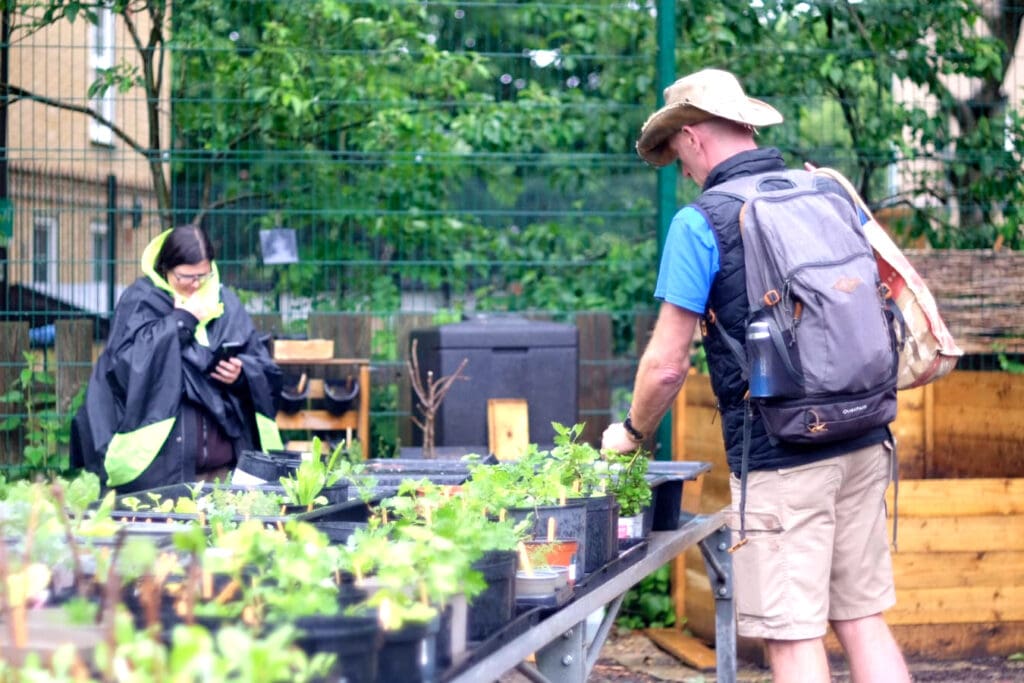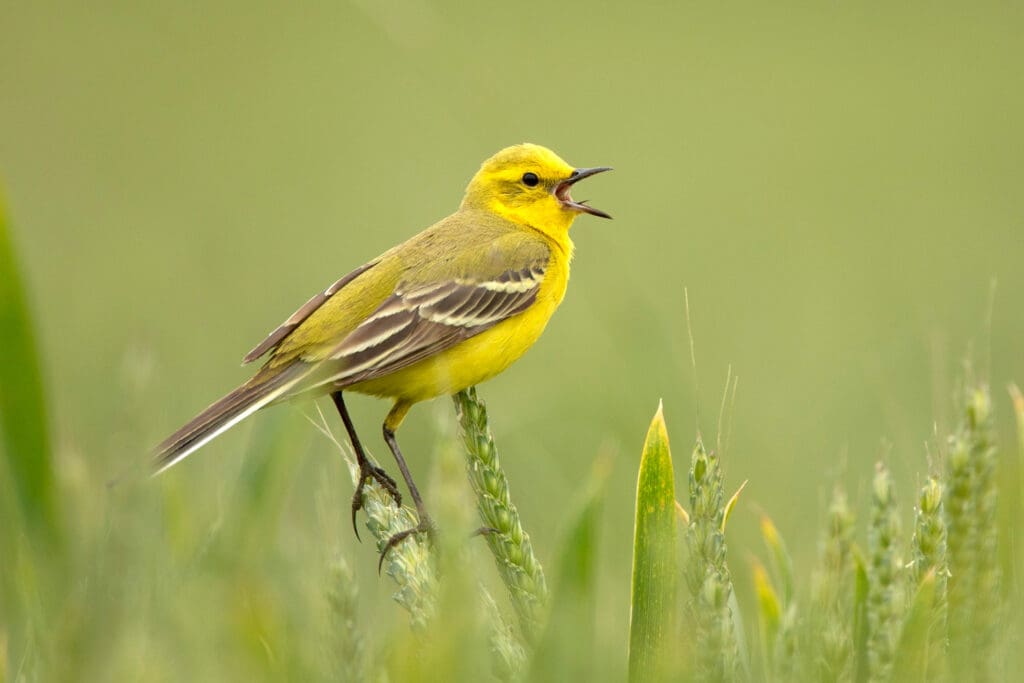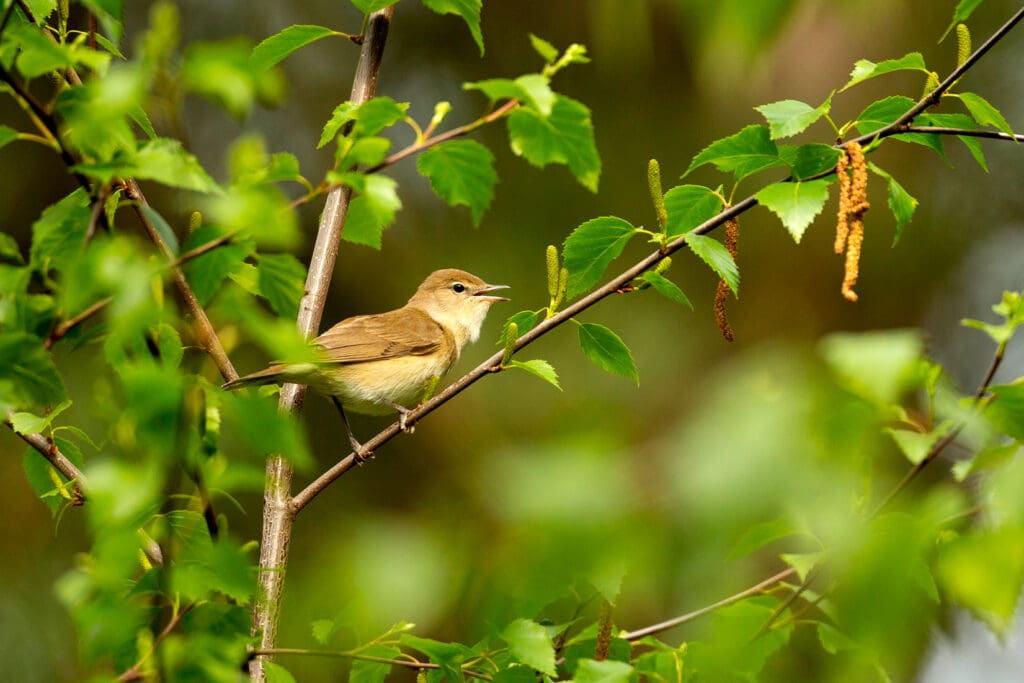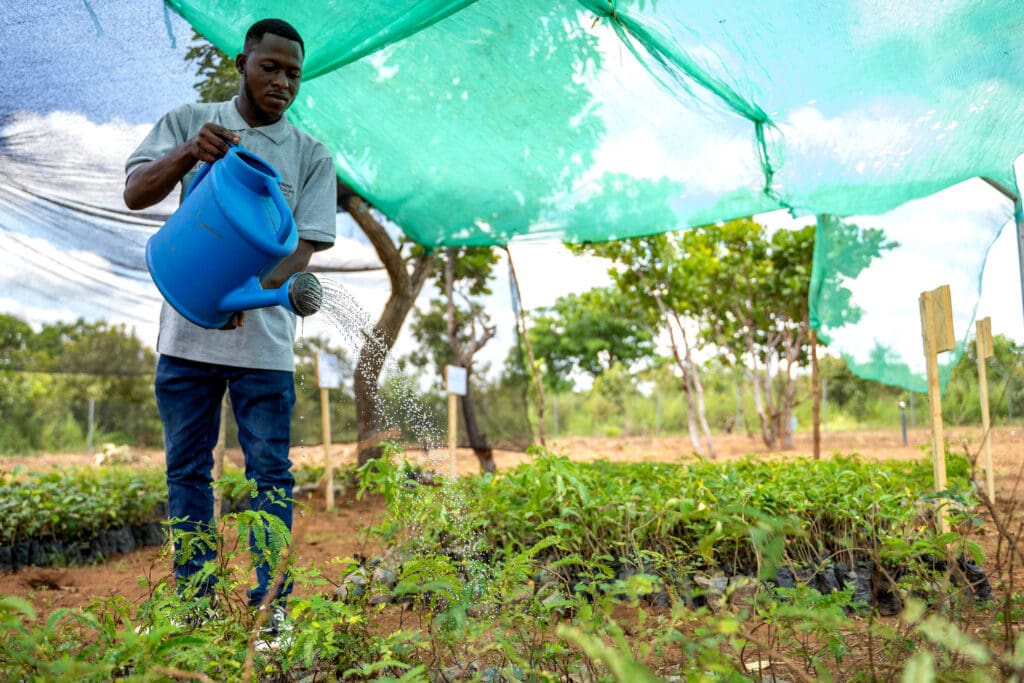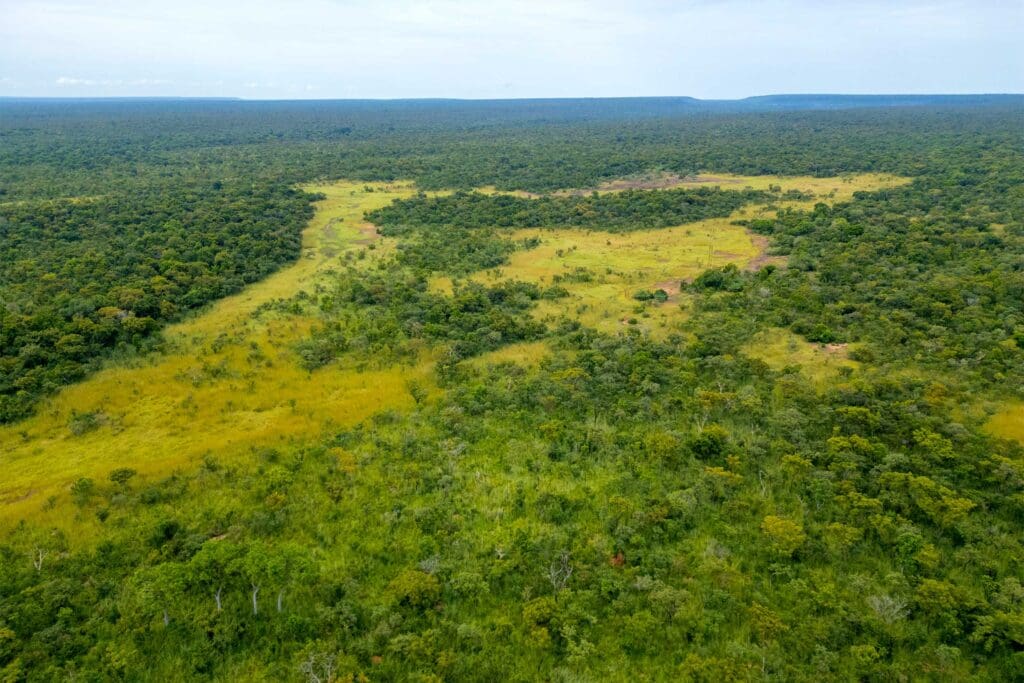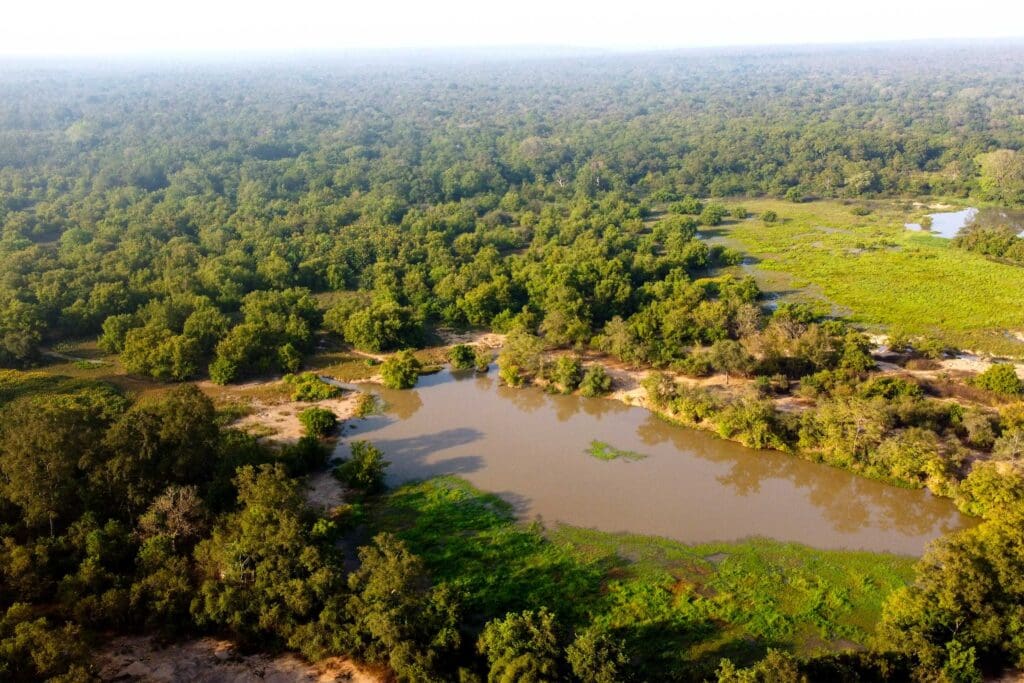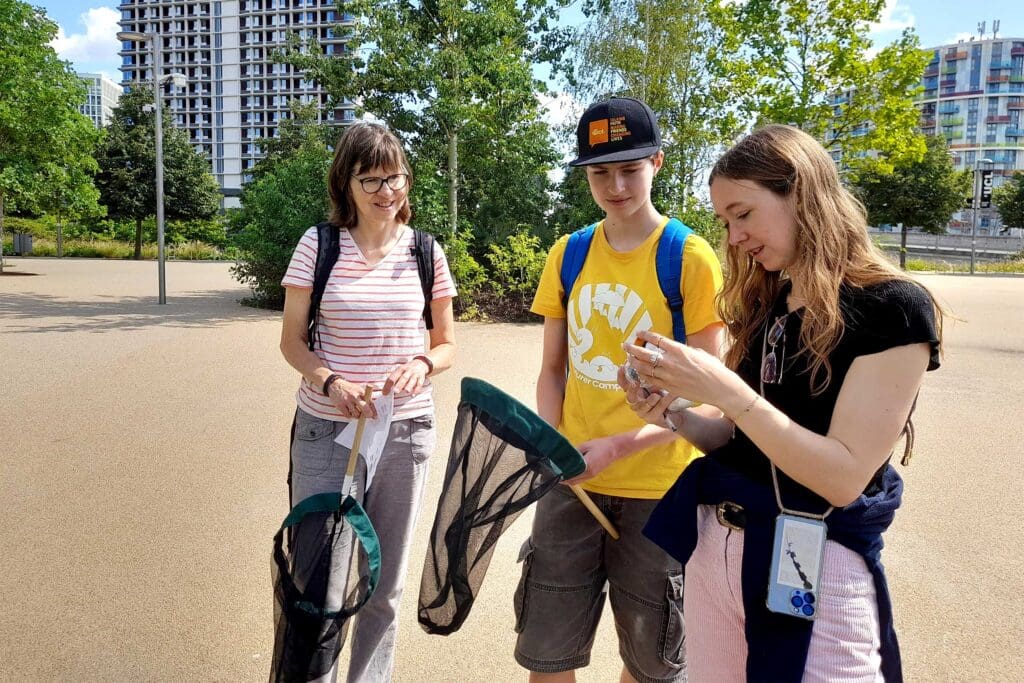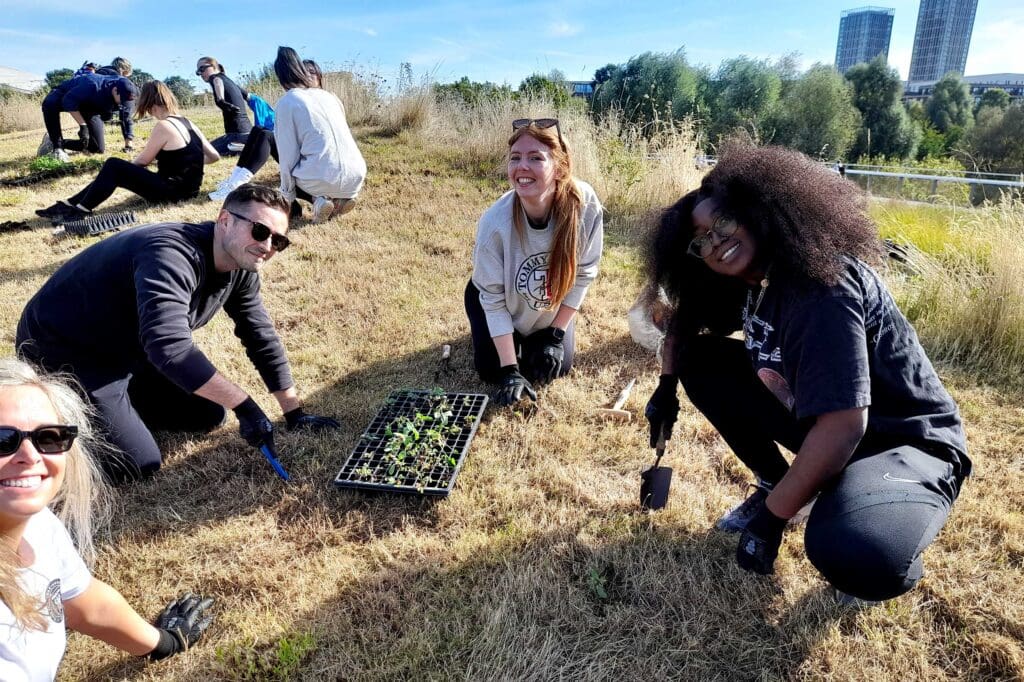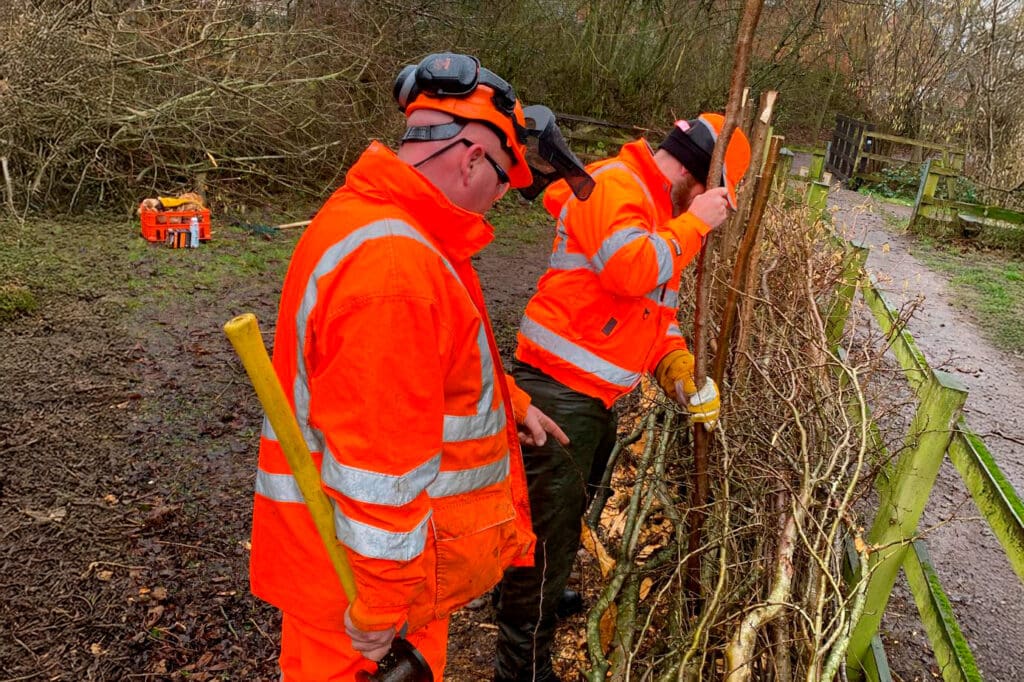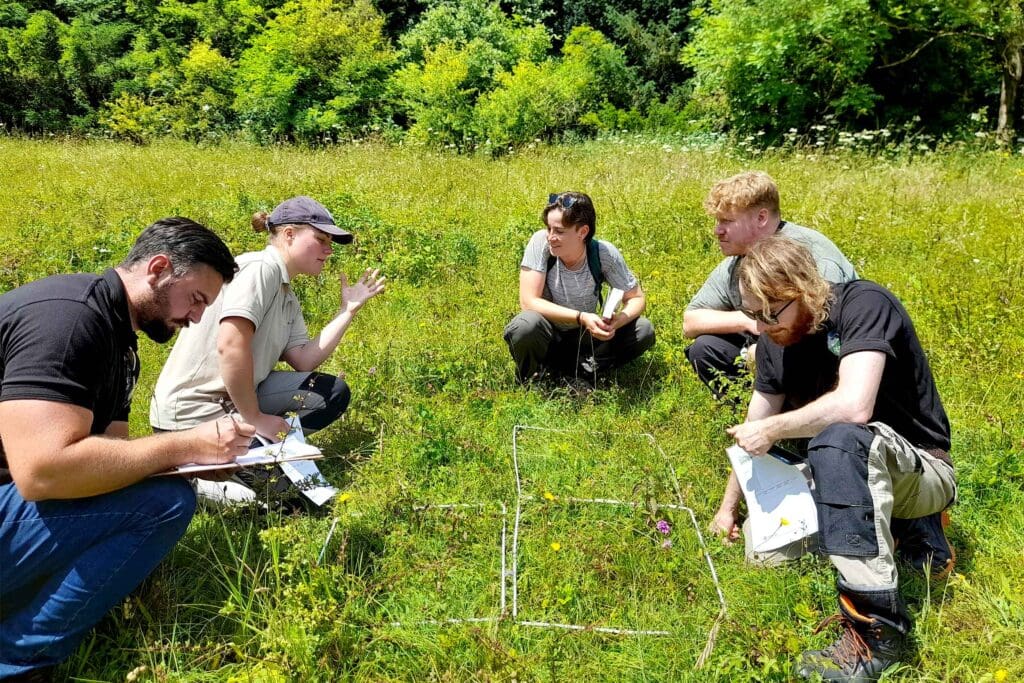World Migratory Bird Day takes place on Saturday 10 May 2025. This day aims to raise awareness of migratory birds and of conservation efforts to protect them.
While countryside nature reserves are beautiful and a great place to see migrating birds, we should remember that towns and cities are also vital for birds and nature in the UK. This is particularly true of migratory birds that have flight paths going through cities, as they often use the trees in urban areas as ‘pit stops’ to rest and feed to refuel for the rest of their migration.
A prime example of this is the return of non-resident Starlings arriving from Northern Europe in September/October and leaving again in February/March. At these times of year, even within urbanised areas, you are more likely to see a spectacular Starling murmuration, which is always a sight to behold. Starlings come to towns and cities because they utilise our buildings and bridges to roost or build nests. In fact, 60% of the Starling population is reported to be supported by an urban environment.
Learn more about wildlife in cities with regular columnist David Lindo, aka the Urban Birder.
‘Urban areas are brimming with opportunities to bring nature into the human world and create bird-friendly communities’
Urban areas are brimming with opportunities to bring nature into the human world and create bird-friendly communities. Unfortunately, the UK has been identified as one of the most nature depleted countries in the world, so it’s vital that we find ways to reintroduce nature into our communities. Research found that residents of neighbourhoods with a high population of birds suffered lower levels of stress than residents of neighbourhoods with fewer birds. Working in collaboration with people and nature is key to building a sustainable future.
There are already a number of success stories that demonstrate how it is possible to bring change that mutually benefits local people, spaces, and wildlife.
Swift boxes
A key way that cities can become more bird friendly is through Swift projects. The aims of the projects are to address the fact that the Swift population has decreased by over 60% in the last 25 years. One potential cause of this is the disappearance of suitable nesting spaces, so these projects aim to reverse this loss.
RSPB Local groups are fundamental to this kind of project but anyone who installs a Swift box or Swift brick is involved in creating homes for Swifts while also improving community spirit within the areas where they are installed.
Swifts are medium-sized, dark-brown birds with curved wings and a forked tail. They’re now largely an urban species who nest in buildings and are an iconic sight to see in our skies in summer. (Learn about migratory birds such as Swifts in our webinar.) Swifts are communal nesters and highly social – just like people. This may be why Swifts are great at connecting and engaging people; people love to watch them nest, note their progress and discuss it with other people in the community, bringing the people of that community together.
One challenge to the project can be the logistics of getting a Swift box installed, as it must installed at least 4m, ideally 5m, above the ground on a vertical wall. The more people are aware of Swift boxes, and buying or building these boxes, the better this can be addressed. Swift box projects really give back to the community. In some areas, local colleges, schools and Men’s Shed charity groups have been involved in engineering the boxes themselves, helping to educate the public about Swifts as well as teaching woodworking and technical skills at the same time. A success of the project has been the declaration of Lancaster as a ‘Swift city,’ which means the residents have pledged to create more nesting sites for Swifts and raise awareness of the challenges the birds face.
Future plans include producing policies that make it compulsory for new build homes to have Swift bricks. Also, excitingly, thanks to the support of players of People’s Postcode Lottery, we are opening two new ‘Swift streets’ in Manchester (Swinton and Droylsden).
Nature Neighbourhoods
Recognising that historically the conservation sector had not focused on community voices and more urbanised areas, the RSPB, WWF, and National Trust created the Nature Neighbourhoods Programme.
The project consists of 18 local communities in England, Scotland, Wales and Northern Ireland involved in co-creation of local ‘Neighbourhood Plans for Nature’ as well as implementing training and funding in order to strengthen local community organisations for the benefit of people and nature. By recognising that local community organisations are best placed to understand local needs and deliver more nature-rich spaces, the emphasis is on supporting this sector rather than big nature organisations trying to do the work themselves. There are already great examples of what the community organisations are achieving – with the help of Nature Neighbourhoods, grassroots environmental organisation ‘Earth in Common’ is now working with other community organisations to organise a round table at the City of Edinburgh Council to make a proposal about the city’s food growing strategy.
‘The group ‘Easy Come Easy Grow’ have created a wonderful community garden in the most deprived area in the city and are involved in upcycling, orchard pruning, beekeeping and much more’
One challenge faced by Nature Neighbourhoods is the high level of financial strain experienced by some local authorities. This makes it difficult to create connections, and evoking change can at times be challenging. However, the efforts of the project have resulted in some great successes, such as the development of the ‘Easy Come Easy Grow’ gardening group with Sow the City in Newton Heath, Manchester. This group have created a wonderful community garden in the most deprived area in the city and are involved in upcycling, orchard pruning, beekeeping and much more.
Having developed this effective model for creating more nature in our towns and cities, Nature Neighbourhoods wants to look at how to offer support for implementing the community-created ideas in the Neighbourhood Plans for Nature, and to look at ways of expanding and deepening the impact of this work.
Matt Cridge, the Nature Neighbourhoods Officer for England says: “Working on the Nature Neighbourhoods programme is an absolute privilege, where we meet, build relationships with and support fantastic people who work tirelessly to improve their neighbourhoods and the lives of local people.”
Ghana
A leading example of how to create bird-friendly communities comes from overseas in Ghana. The East Atlantic Flyway is a major migration route stretching from the Arctic all the way to South Africa and used by millions of birds each year. The UK plays a very important role in this flyway due to our wide variety of wildlife habitats, our location and our climate.
Another important part of the East Atlantic Flyway is Mole National Park in Ghana. This is why the RSPB is working there in partnership with local communities and Ghana Wildlife Society, a BirdLife partner and non-profit conservation charity as art of a project to protect and restore key sites along the East Atlantic Flyway.
Mole National Park is home to over 300 different bird species, many of which are migratory birds that return to Europe in the summer, such as much-beloved Garden Warblers. Bird ringing has shown that many Garden Warblers breeding in the UK in summer are spending their winters in Ghana.
Migration is a long and strenuous journey, so it is crucial that reliable food sources and suitable habitats are available in Mole so that they can survive the long journey back to Europe. The RSPB is working with local communities and groups in Ghana to establish community-managed conservation areas along the boundaries of the Mole National Park. This improved buffer zone around the park can provide more areas for wildlife to move between and safely beyond the park’s boundaries.
The importance of Mole National Park, Ghana. Video: Nick Williams, RSPB
This project has a programme of habitat restoration and the continuous development and strengthening of relationships between conservation groups and local villages. Ghana Wildlife Society has helped to establish community engagement with local villages close to Mole National Park; this involves education to reduce human-wildlife conflicts and local participation in habitat restoration and wildlife surveys. It is crucial that local communities are involved in the process of change because this is part of their history, culture and future.
By working together, forming partnerships across international borders, we can support our communities to protect the wonderful migratory birds which our countries share.
Land management advice
More work focused on both nature and people comes from the wonderful example of the RSPB’s work with idverde. Idverde offer land management services to clients, and the RSPB has embedded biodiversity advisors into the business to make the most of opportunities to enhance nature and involve local communities with their green spaces. The advisors give advice and training and deliver events such as bat walks and dawn chorus walks, as well as carry out habitat creation in Northern Ireland, the midlands, Bromley, Queen Elizabeth Olympic Park and Wormwood Scrubs green space.
The inspiration for the collaboration comes from the RSPB’s desire to expand its impact outside of RSPB nature reserves and engage with new audiences while also supporting idverde’s sustainability aims. The collaboration has benefited people and communities by supporting and improving access to green spaces in the areas where projects are completed as well as providing volunteering opportunities and training such as wildlife monitoring. The project also benefits wildlife by building or improving habitats and it has worked with over 60 local priority species ranging from Swifts to invertebrates.
Learn more about the RSPB’s work with businesses.
One challenge for the project has been that nature enhancements are often viewed as added value rather than respected as a vital consideration in land management to ensure that UK green spaces continue to host habitats for nature. Hopefully, in working with idverde, it can be demonstrated that it is incredibly valuable to invest in both wildlife and nature. In future, they are hoping to get a new partnership advisor placed in Barrow-in-Furness in order to help spread projects in Cumbria.

How you can help
We are all connected by nature and if we work together, we can save it. If you are interested in getting involved with your local community, take this as your sign to start.
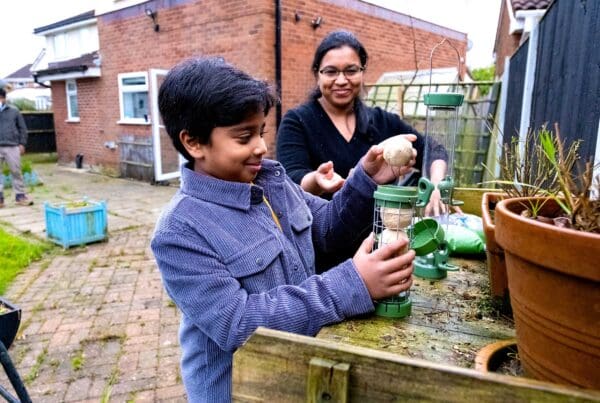
Find your nearest Nature Neighbourhoods community and get involved with what’s going on.
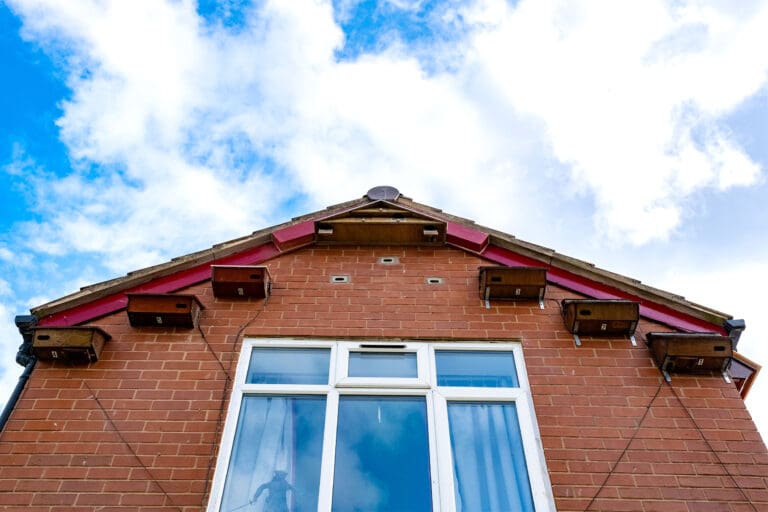
Want to put up a Swift box? Find out how to create a high home for Swifts on your home or other local buildings.

Discover more ways to protect birds and nature at Nature on Your Doorstep or find your RSPB Local Group.
You might also like
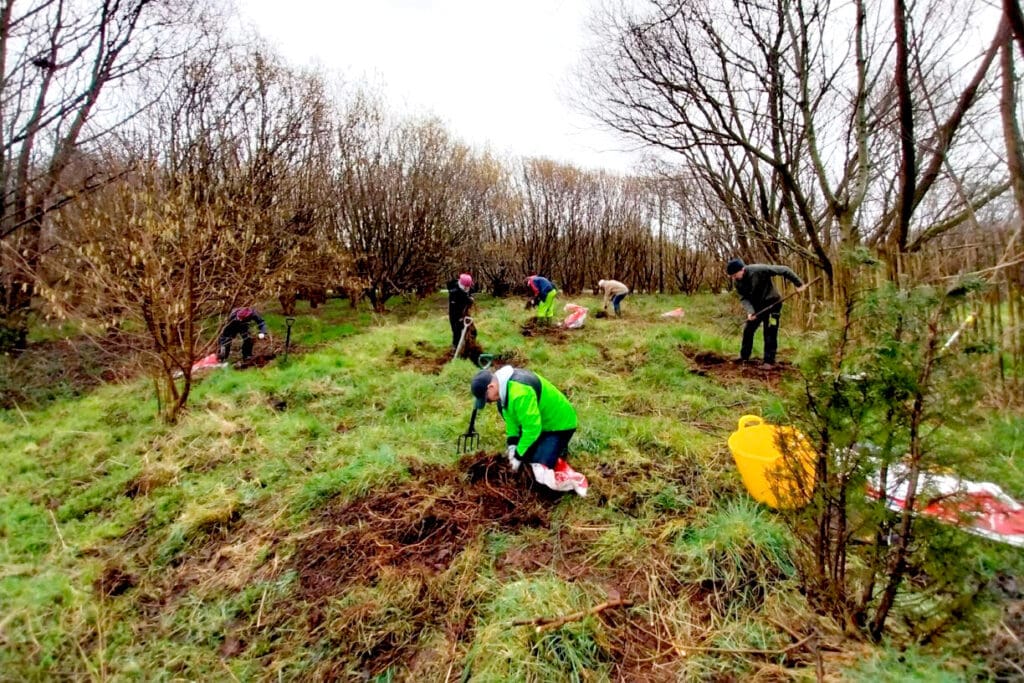
People-powered conservation
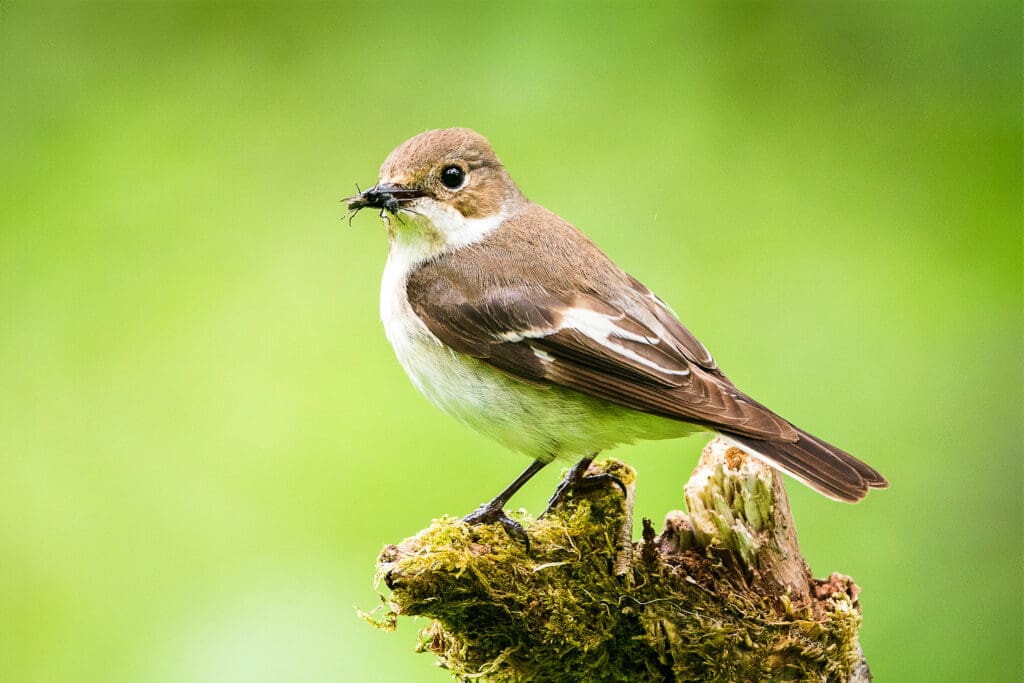
Flycatchers breaking reserve records
